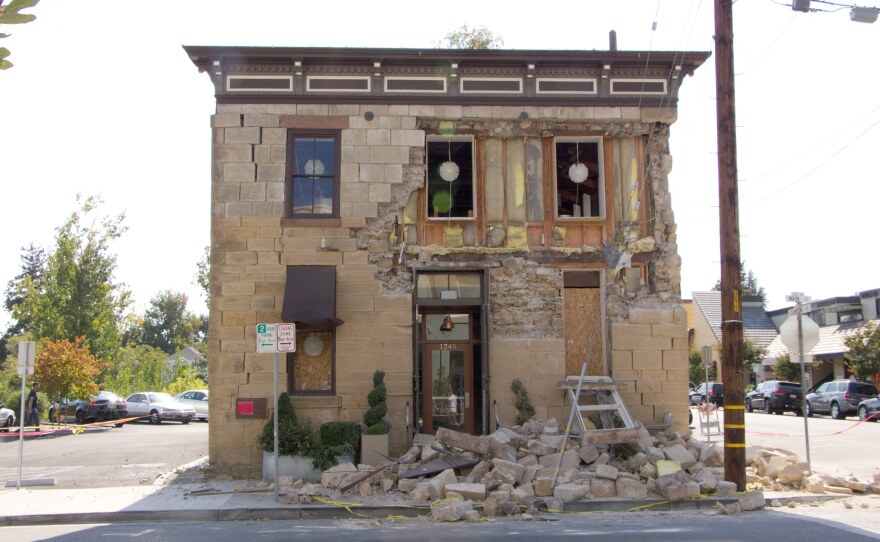The San Diego County Board of Supervisors urged the U.S. Geological Survey Tuesday to continue funding two earthquake detection stations in the region and register its support for an early warning system.
The USGS has proposed cutting the Precision Geodetic Network, or Geodesy, which measures tension along the San Jacinto Fault, and the ANZA Seismic Network, which has 21 sensors along the fault zone and five stations elsewhere. Both are run by UC San Diego's Scripps Institution of Oceanography, according to the supervisors.
"The loss of these critical networks would inhibit our ability to prepare and plan for major earthquakes in San Diego County," Supervisor Greg Cox wrote in a letter to his colleagues. "Instead, resources should be identified to expand our seismic monitoring capabilities and provide for early warning public notification systems."
Cox said eliminating ANZA would leave three USGS stations adjacent to the San Jacinto Fault in Southern California, which could lead to less warning ahead of an earthquake and reduced local seismic monitoring. The ANZA network can provide a warning of about 25 seconds before a temblor that would strike downtown San Diego and would be crucial in developing an early warning system in the future.
Cox said seismic monitoring in real time combined with early warning systems were critical to a "well-coordinated earthquake detection and response system."
"A few seconds of warning could give people time to find adequate cover during an earthquake," Cox wrote. "It could allow workers to shut off dangerous equipment. It could give hospitals valuable warning to allow for the stabilization of patients undergoing surgery. It could allow train and trolley operators to stop their vehicles, and prevent further catastrophe."
The Precision Geodetic Network is used to better gauge future earthquake risks and understand the dynamics of the fault, Cox said.
Several local agencies use the advanced earthquake information, including Cal Fire. If ANZA were done away with, establishing a similar system could cost around $3 million, he said.
Cox is also slated to join with Scripps Geosciences Research Professor Neal Driscoll and Scripps earthquake science specialist Luciana Astiz at the Scripps Institution of Oceanography Tuesday afternoon to reiterate the call for continued earthquake detection funding in San Diego County.






